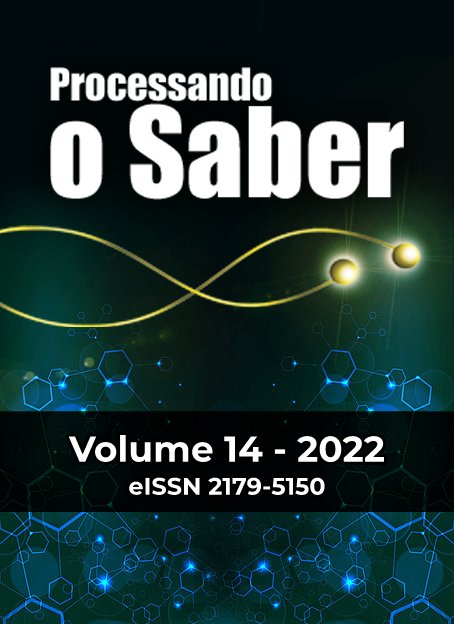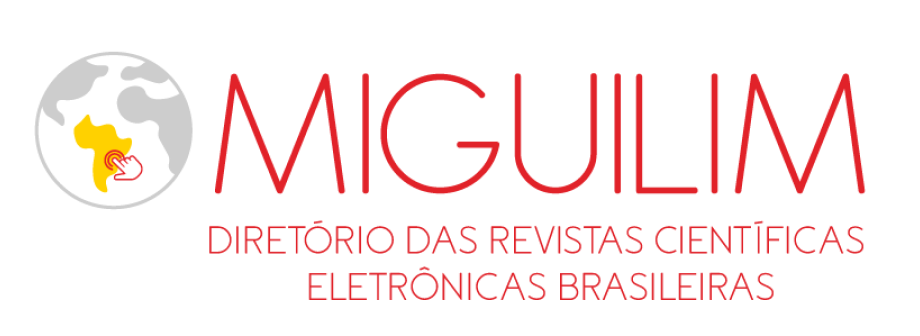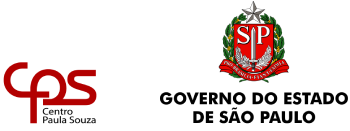Application of technology in hybrid education
DOI:
https://doi.org/10.5281/zenodo.14997131Keywords:
Hybrid Teaching, Technology, Teaching methodologyAbstract
Blended Learning is a teaching methodology that aims to reconcile face-to-face and online learning methods, where students use technological resources and devices (computers, tablets, cell phones, notebooks that have internet access) to be evaluated together with traditional classroom learning resources (notebooks and books), and the teacher can use these same means to evaluate the student, so this type of methodology becomes a tendency to be aggregated and used in schools and universities, since, technology is constantly evolving, improving more and more and becoming more present in society. This article aims to show the advantages, challenges, and ways in which technology can be used in this teaching model. It was discussed in the present work, why this teaching methodology is a trend, and to highlight how much technology has to add and facilitate both the student's and the teacher's life. It was also observed that in Brazil there is still a lack of structure and resources in schools and students' homes for this teaching methodology to be applied effectively.
Downloads
References
BACICH, Lilian, TANZI NETO, Adolfo; MELLO TREVISANI, Fernando. Ensino Híbrido: Personalização e Tecnologia na Educação. Edição de 2015. Porto Alegre: Penso, 2015.
CHRISTENSEN, C.M.; HORN, M. B.; STAKER H. Ensino híbrido: uma inovação disruptiva? Uma introdução à teoria dos híbridos. 2013. Disponível em: https://www.christenseninstitute.org/publications/ensino-hibrido/. Acesso em: 11 nov. 2020.
Horn, M. B. & Staker, H. Blended: usando a inovação disruptiva para aprimorar a educação. Porto Alegre: Penso. 2015. Disponível em: https://portalrevistas.ucb.br/index.php/raead/article/view/7460/4648. Acesso em: 11 nov. 2020.
IBGE. Sobre - 2018 Acesso à Internet e à televisão e posse de telefone móvel celular para uso pessoal .Pesquisa Nacional por Amostra de Domicílios Contínua - PNAD Contínua. Disponível em: https://www.ibge.gov.br/estatisticas/sociais/educacao/17270-pnad-continua.html?ed icao=27138&t=sobre. Acesso em 11 nov. 2020
INEP. Escolas estaduais e privadas têm recursos tecnológicos equivalentes no ensino médio; federais são as mais equipadas. 2020. Disponível em:
http://inep.gov.br/artigo/-/asset_publisher/B4AQV9zFY7Bv/content/escolas-estaduais-e-privadas-tem-recursos-tecnologicos-equivalentes-no-ensino-medio-federais-sao-as-mais-equipadas/21206. Acesso em: 11 nov. 2020
OLIVEIRA, Elida. Quase 40% dos alunos de escolas públicas não têm computador ou tablet em casa, aponta estudo. 2020. Disponível em: https://g1.globo.com/educacao/noticia/2020/06/09/quase-40percent-dos-alunos-de-escolas-publicas-nao-tem-computador-ou-tablet-em-casa-aponta-estudo.ghtml.
Acesso em: 11 nov. 2020.
SP2. Pais e alunos relatam dificuldades para acessar plataforma de ensino das escolas estaduais de São Paulo. 2020. Disponível em: https://g1.globo.com/sp/sao-paulo/noticia/2020/04/27/pais-alunos-relatam-dificuldades-para-acessar-plataforma-de-ensino-das-escolas-estaduais-de-sao-paulo.ghtml. Acesso em: 11 nov. 2020.
TOKARNIA, Mariana. Um em cada 4 brasileiros não tem acesso à internet, mostra pesquisa. Número representa 46 milhões que não acessam a rede. 2020. Disponível em: https://agenciabrasil.ebc.com.br/economia/noticia/2020-04/um-em-cada-quatro-bra sileiros-nao-tem-acesso-internet. Acesso em: 11 nov. 2020.
Published
How to Cite
Issue
Section
Copyright (c) 2022 Revista Processando o Saber

This work is licensed under a Creative Commons Attribution 4.0 International License.
Os direitos autorais dos artigos publicados pertencem à Revista Processando o Saber e seguem o padrão Creative Commons (CC BY), que permite o remixe, adaptação e criação de obras derivadas do original, mesmo para fins comerciais. As novas obras devem conter menção ao(s) autor(es) nos créditos.
























